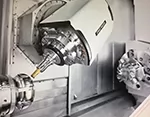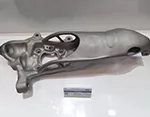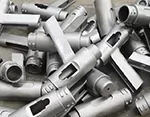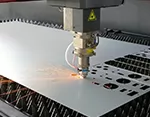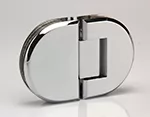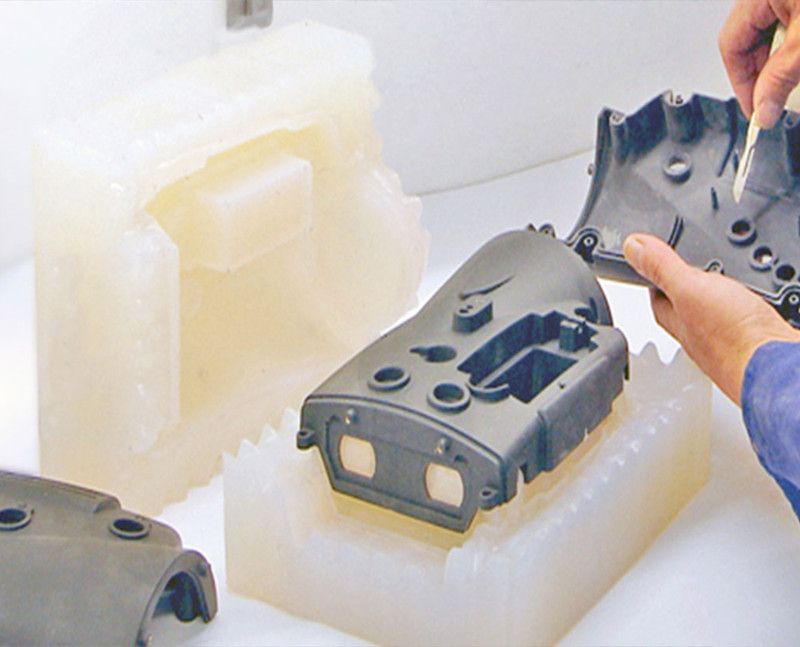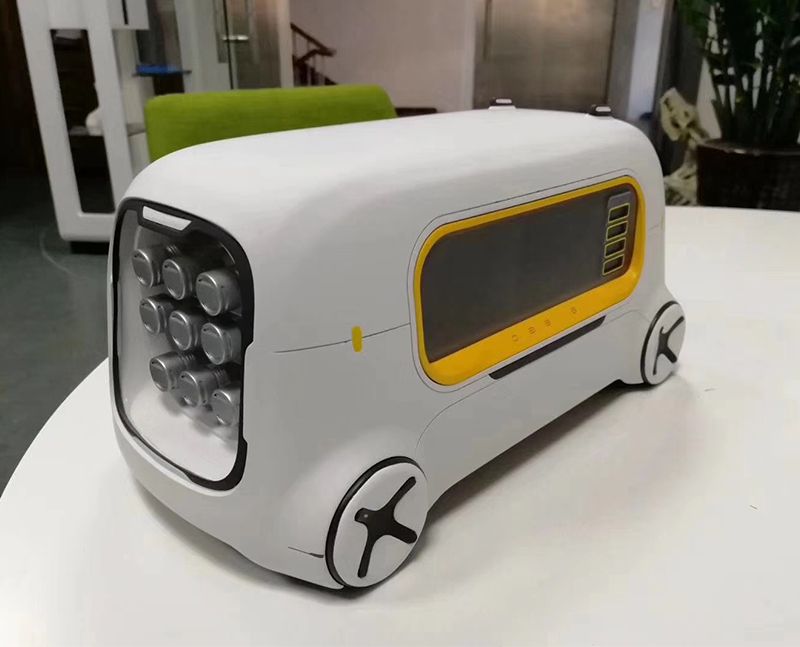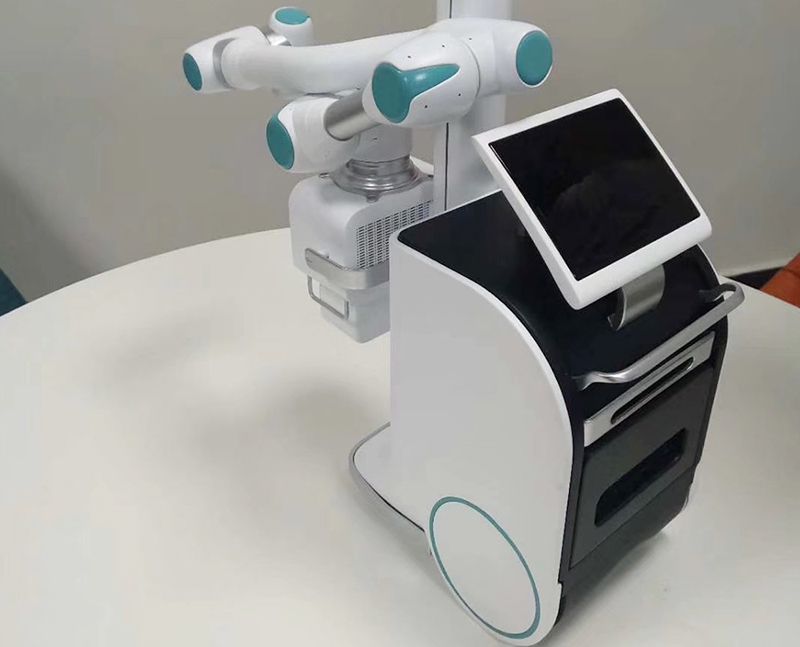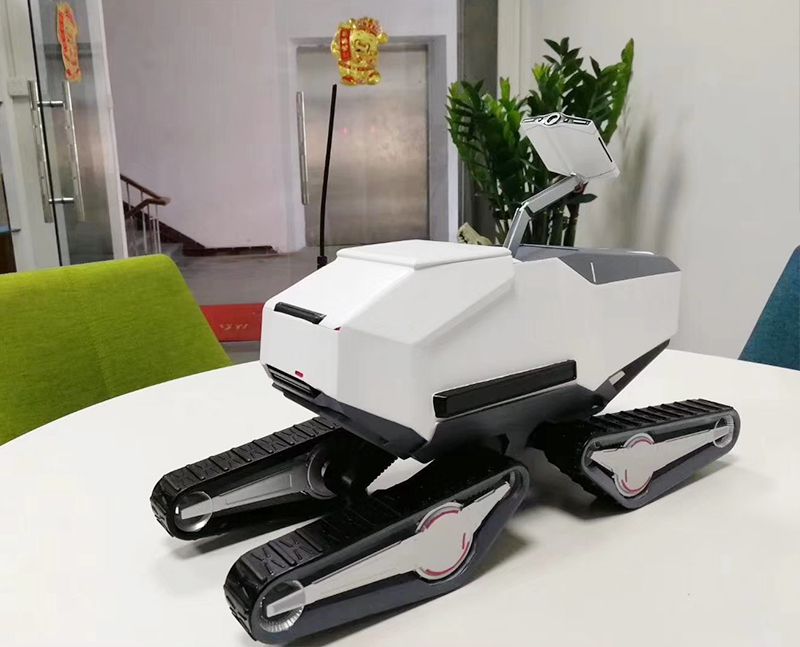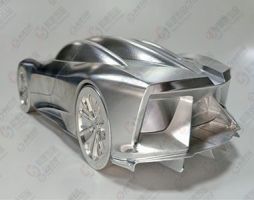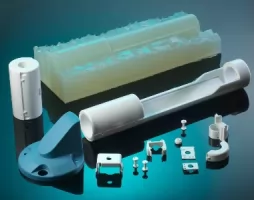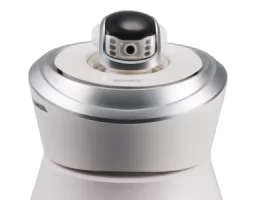-
Service
+
- CNC Precision Machining Service +
- Multi-Axis Simultaneous Machining Service +
- CNC Turning Service +
- Metal 3D Printing Service +
- Rapid Prototyping Service +
- Die Casting Service +
- Sheet Metal Fabrication Service +
-
Finish Serivces
+
- Polishing
- Grinding
- Brushed Finish
- Sand blasting
- Painting
- Powder Painting
- Anodizing
- Hard anodizing Service
- Passivation
- Zinc Plating
- Nickel Plating
- Chrome Plating
- Blackening
- Black Zinc Plating
- Teflon Coating
- Titanium Coating
- DLC Coating
- Laser Marking
- Silk Screen Printing
- Transfer Printing
- Micro Arc Oxidation
- Industries +
- About Us +
- Resource +
- Contact Us
- Quote

-
Service
-
>
-
>
-
>
-
>
-
>
-
>
-
>
-
>
-
- Industries
- About Us
- Resource
- Contact Us
Basic Knowledge of Vacuum Casting or Silicone Molding for Engineer
Definition of Vacuum Casting or Silicone, and advantages & limitationsVacuum casting or silicone molding is a very good choice for plastic rapid prototype, when the quantity is about 20 pieces or less. Vacuum casting is a clone processing which using the original sample to make a silicone mould in vacuum state, and injecting PU material to the mould in vacuum state, then a copy will be cloned out.
Processing craft
What is Vacuum Casting?
Vacuum casting or Silicone molding is a popular machining solution for rapid prototyping. There are three steps to make a silicone mold.
1. Prototype or master model: The master model need produced before silicone molding.
The normal material of prototype could be ABS. It could be manufactured by CNC or 3D printing SLA.
2. Start making the silicone mold when the prototype is finished. Cut off the silicone mold and take out the prototype after a 8-hours drying. At this time, the preparation of silicone mold is ready.
3. Injection. Injecting liquid material into the silicone mold, and leave the mold till the material dry out.
The capability of silicone mold is 15- 25 pieces.
Available Material: ABS, PC, PP, PMMA, PVC, Rubber, and other heat-resistance materials.
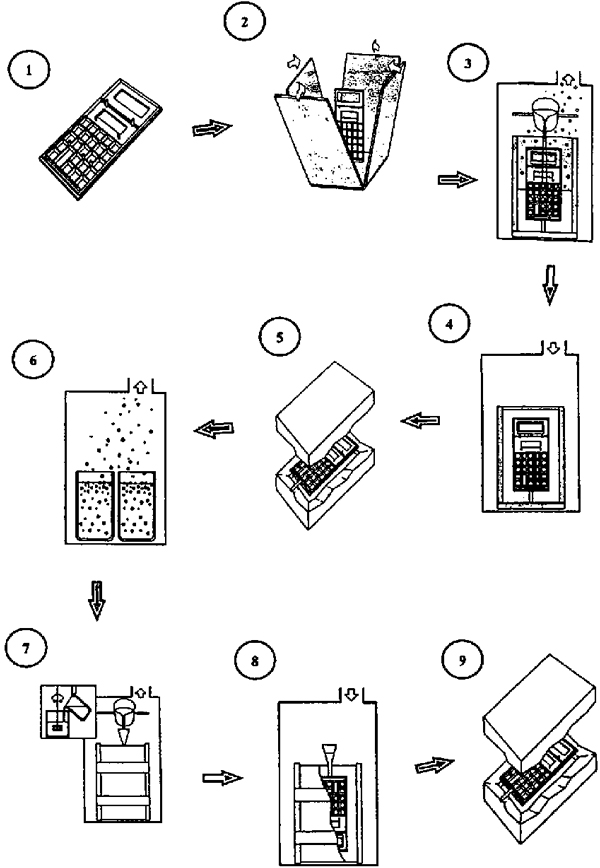
Advantages and Limitations:
What is the Advantage of Vacuum Casting?
1. Low cost. The producing cost of vacuum casting is much lower compared with CNC machining and 3D printing.
2. Short production time. Vacuum casting needn’t too much time on molding, which will improve the production efficiency greatly.
3. Needn’t make metal mold. Needn’t cost too much time on making metal mould like plastic injection molding, which could save a lot of time for customers, and it could help customers seize market quickly.
4. Highly restored, and low scrap rate.
5. Suit for low-batch production. And short customization time.
6. Exquisite workmanship, no burrs.
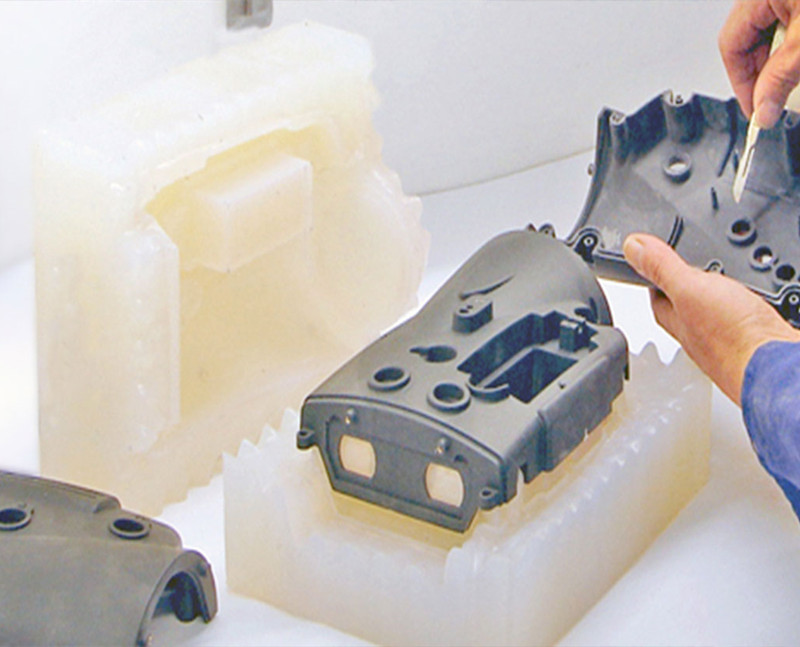
Vacuum Casting
What is the Limitation of Vacuum Casting?
The mold is not good at resist the alkali, acid and aging. So the capacity of silicone mold is not high. Besides, the surface of silicone mould will emerge marks, streaks and unevenness. The tolerance of the parts can’t be that precise.
What's the Key point of the Vacuum Casting?
1. The amount of curing agent should be added according to the temperature, and it should also be decreased when the temperature is high. The silicone mould will be hard and brittle if the curing agent are used too much. And the operating time will be increased if the curing agent is too little.
2. The silicone oil is not suggested, as it will protect the silicone mold from the change of physical properties.
3. If the silicone mould need achieve a best condition for using, at least a 24 hours of rest is needed before using.
The hard mold can also be made of resin.
Application area
The vacuum casting is widely used for the rapid prototyping and small batch production in various industries. Such as aerospace, navigation, automotive, motorcycle, digital communication, medical equipment, domestic appliance and robotics etc.
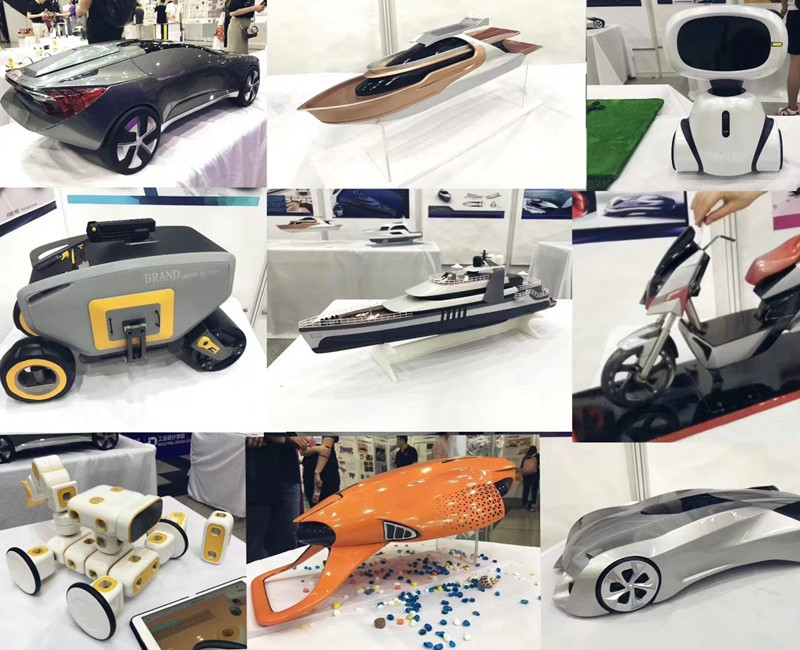
Rapid Prototypes Made by Vacuum Casting

